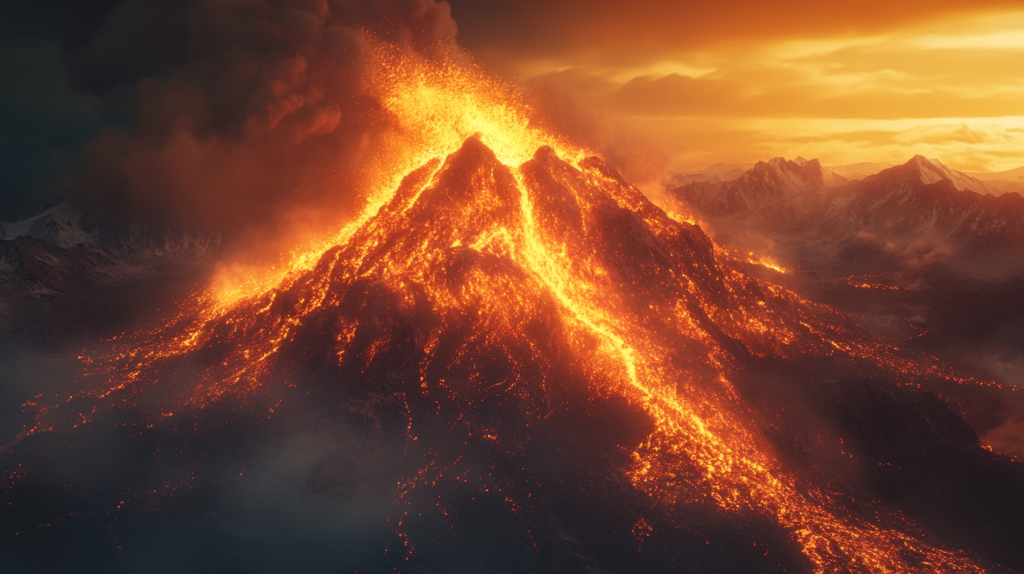Volcanoes are some of the most extreme environments on Earth. They’re hot, acidic, and full of toxic gases. Yet, amazingly, life finds a way to survive and even thrive in these harsh conditions. From tiny bacteria to larger animals, these volcanic inhabitants have adapted in incredible ways. They’ve evolved special features that allow them to withstand extreme heat, acidity, and toxic substances. It’s astonishing to think that anything can survive amindst scorching heat, toxic gases, and incredibly acidic land and water.
Pompeii Worm
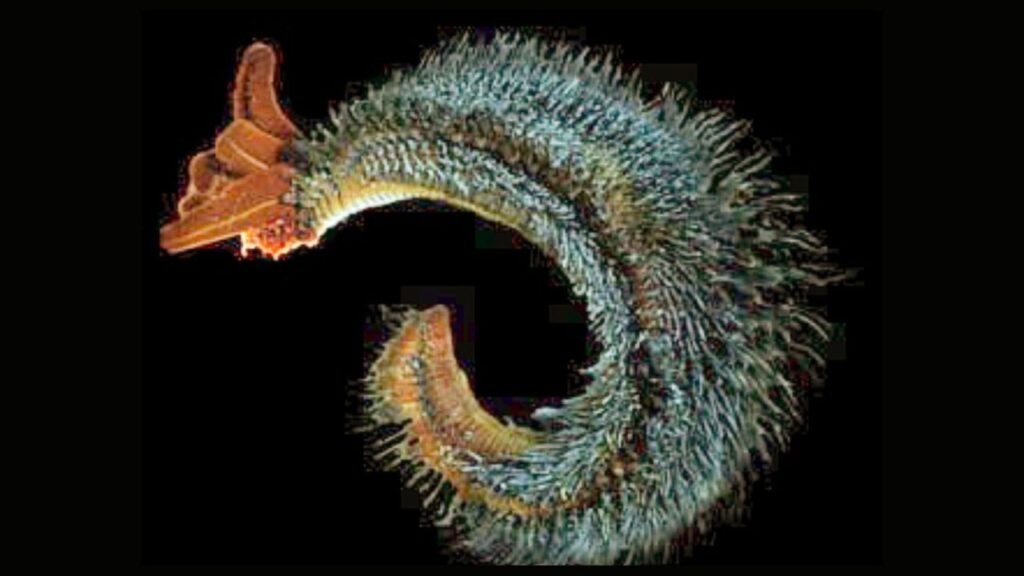
The Pompeii worm lives in underwater volcanic vents where temperatures can reach 176°F (80°C). Its head rests in cool water while its tail withstands scorching heat. This worm is covered in bacteria that form a protective layer, helping it survive extreme temperatures.
Sulfolobus
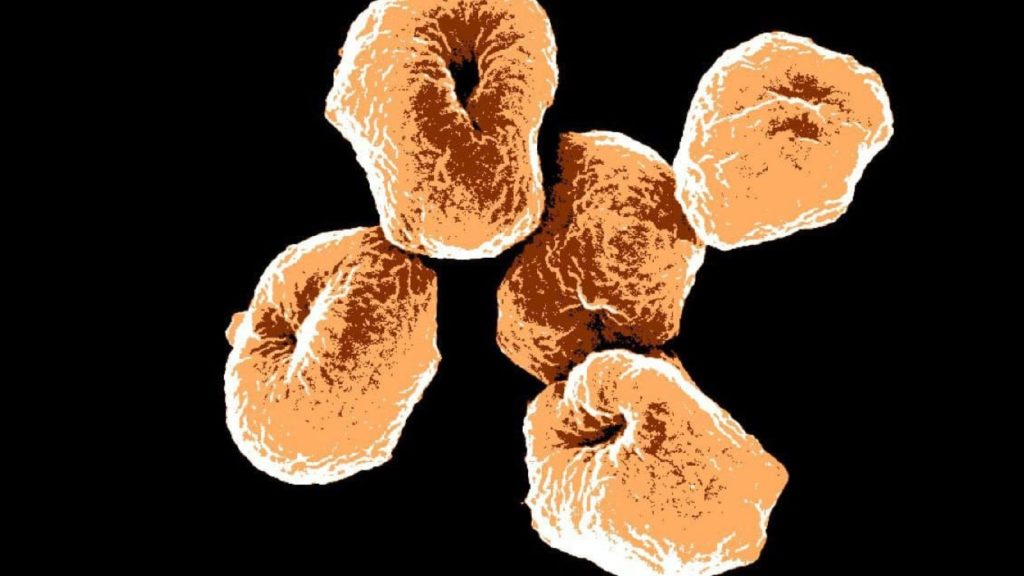
Sulfolobus is a type of microbe that thrives in volcanic hot springs. These tiny organisms love acid and heat, living happily in waters as hot as 176°F (80°C) with a pH as low as 2. They get energy by eating sulfur, which is plentiful in volcanic areas.
Volcanic Isopod
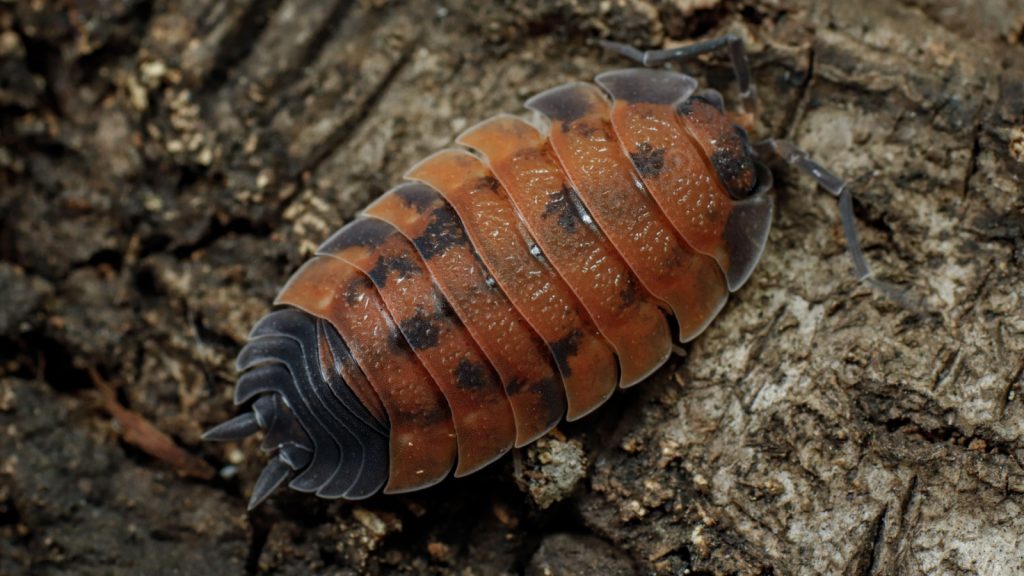
This crustacean lives in the scorching waters around underwater volcanoes. It has a hard shell that protects it from heat and pressure. Volcanic isopods feed on bacteria and other small organisms that grow near hydrothermal vents.
Tardigrade
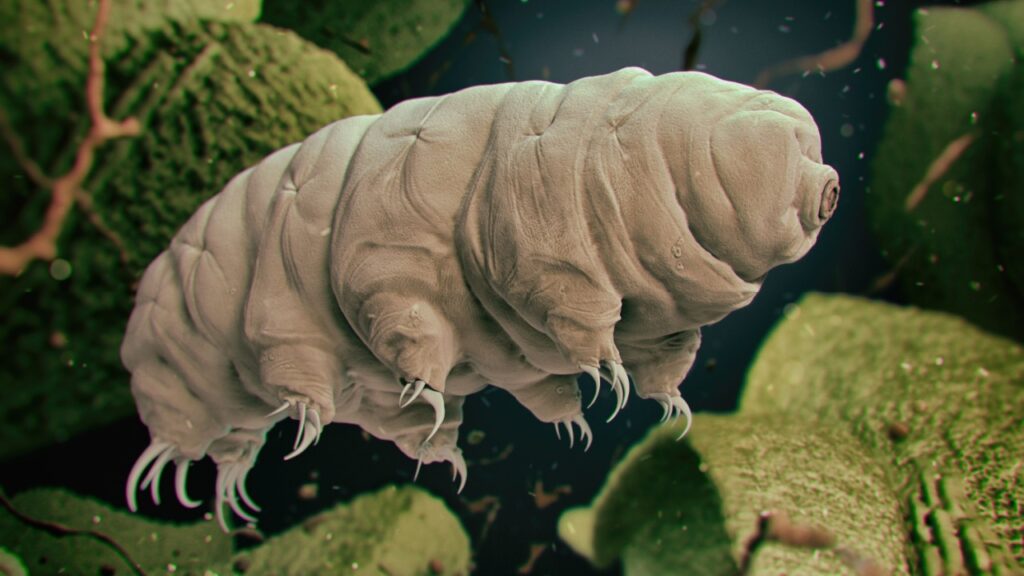
Tardigrades, also known as water bears, can survive almost anywhere – including active volcanoes. These microscopic animals can withstand extreme temperatures, radiation, and even the vacuum of space. They do this by entering a state called cryptobiosis, where they essentially shut down their metabolism.
Extremophile Bacteria
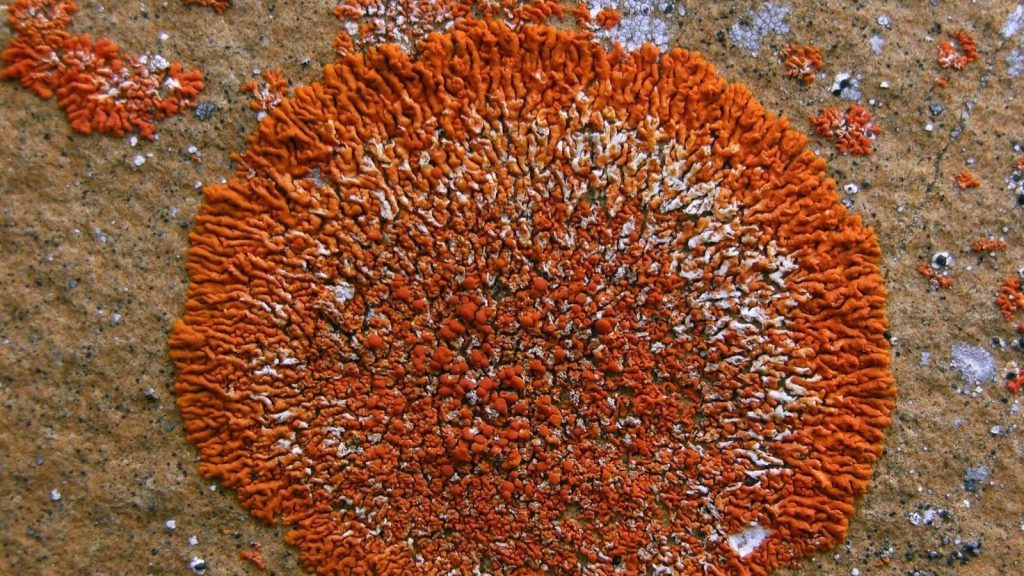
Various types of extremophile bacteria thrive in volcanic environments. Some can survive in boiling water, while others eat sulfur or iron. These bacteria form the base of unique food chains in volcanic ecosystems.
Galapagos Marine Iguana
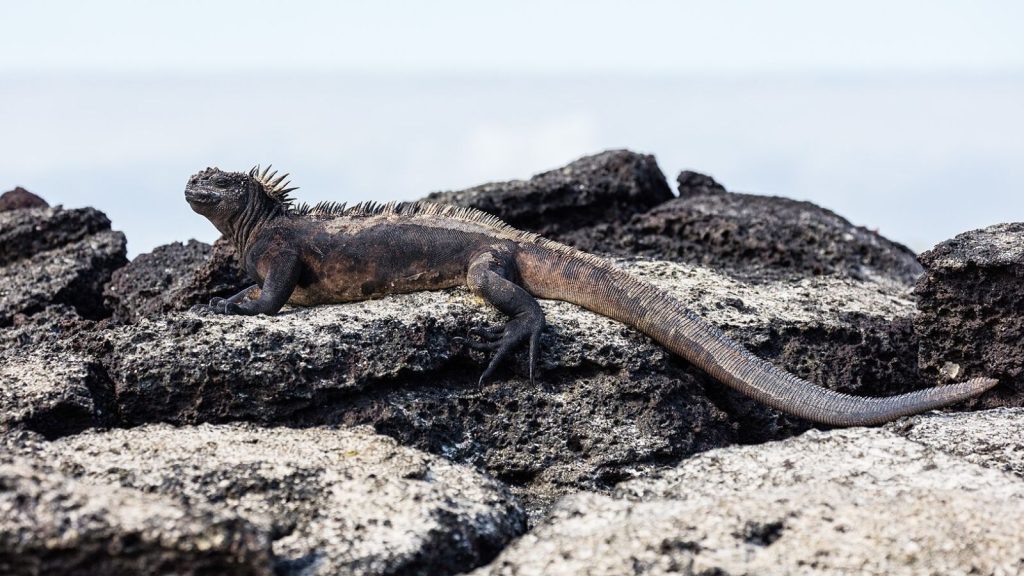
Galapagos Marine Iguanas live on the volcanic islands of the Galapagos. They’ve adapted to feed on algae in the cold ocean waters and bask on hot volcanic rocks to warm up. These iguanas can even shrink their bodies during food shortages to survive.
Hawaiian Honeycreeper
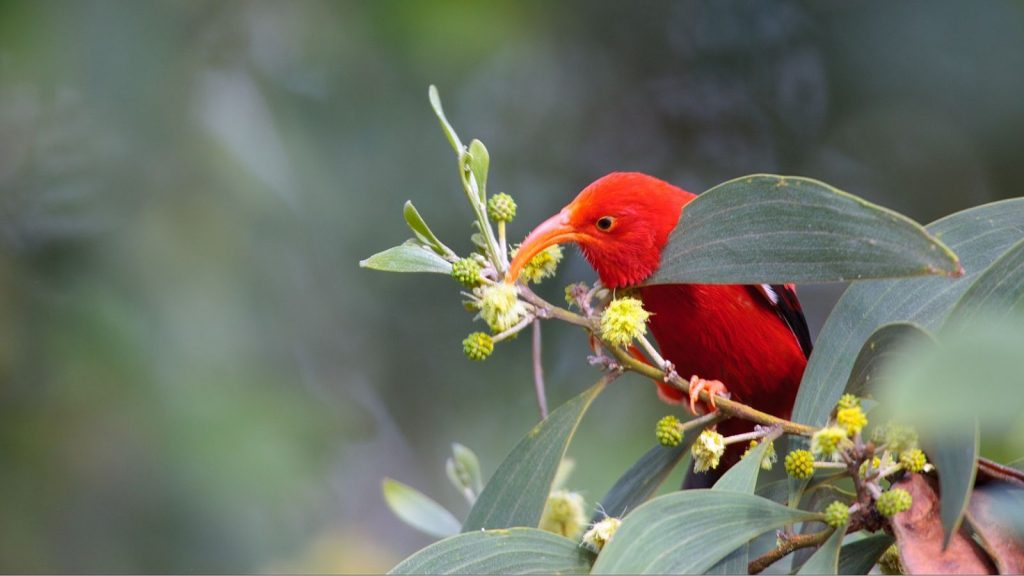
Hawaiian honeycreepers are birds that have adapted to life on Hawaii’s volcanic islands. Different species have evolved unique beak shapes to feed on various food sources found in volcanic habitats. Sadly, many species are now endangered due to habitat loss and introduced predators.
Kamchatka Brown Bear
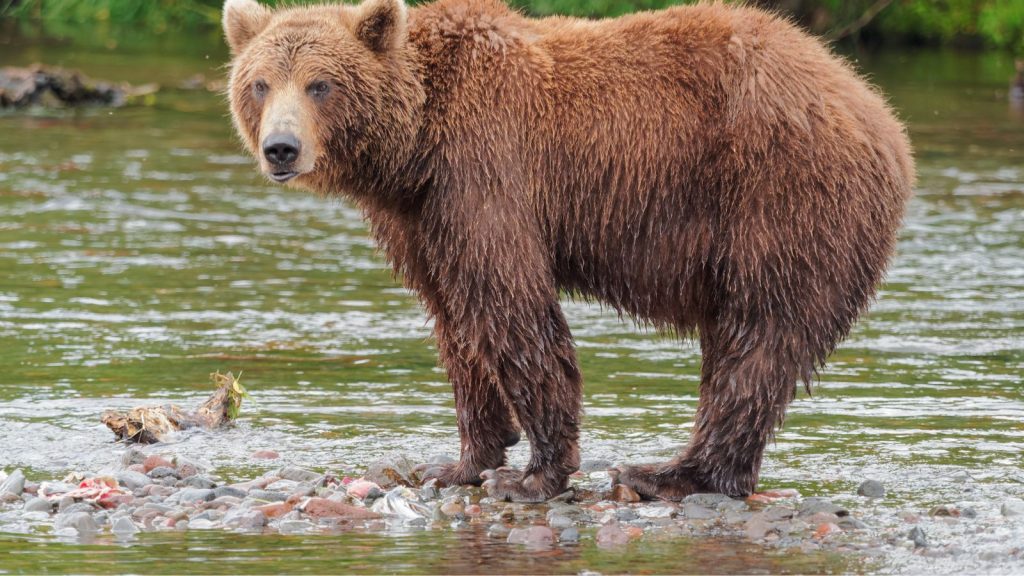
The Kamchatka brown bear lives in the volcanic region of Kamchatka, Russia. These bears have adapted to feast on the abundant salmon in the area’s volcanic rivers. They’re some of the largest brown bears in the world, thanks to this rich food source.
Volcano Rabbit
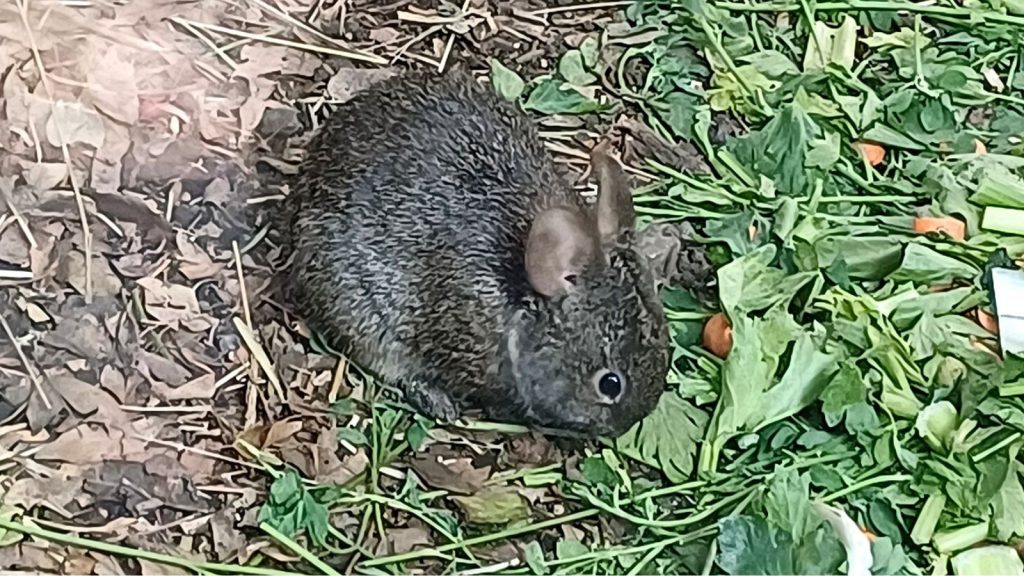
The volcano rabbit is a small rabbit that lives on the slopes of volcanoes in Mexico. It’s adapted to the thin air and harsh conditions of high-altitude volcanic areas. Sadly, this unique rabbit is endangered due to habitat loss.
Sulphur-Crested Cockatoo
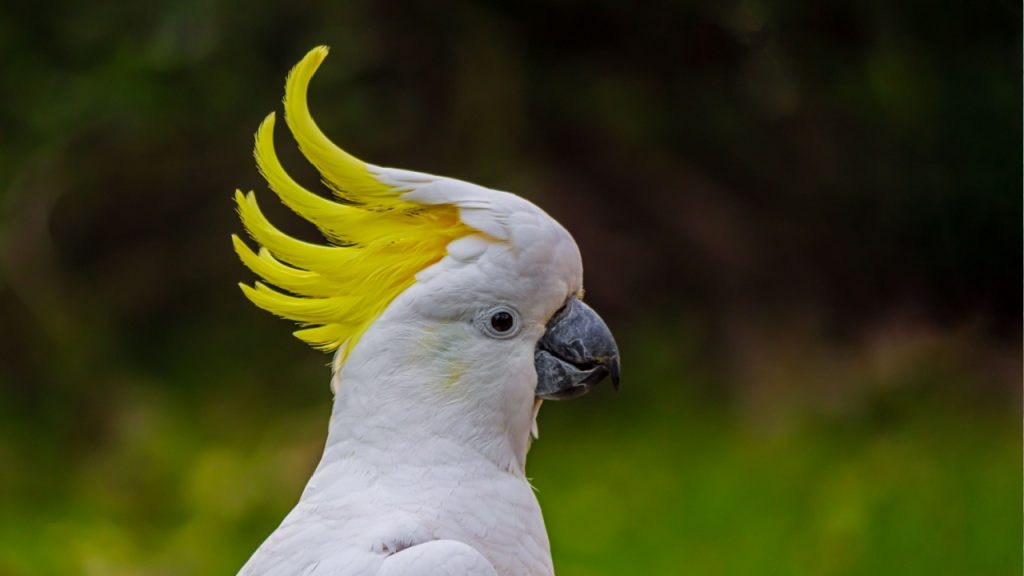
Sulphur-crested cockatoos live near volcanoes in Indonesia and Papua New Guinea. These birds have adapted to eat seeds from trees that grow in volcanic soil. They’re known for their intelligence and ability to solve complex puzzles.
Lava Cricket
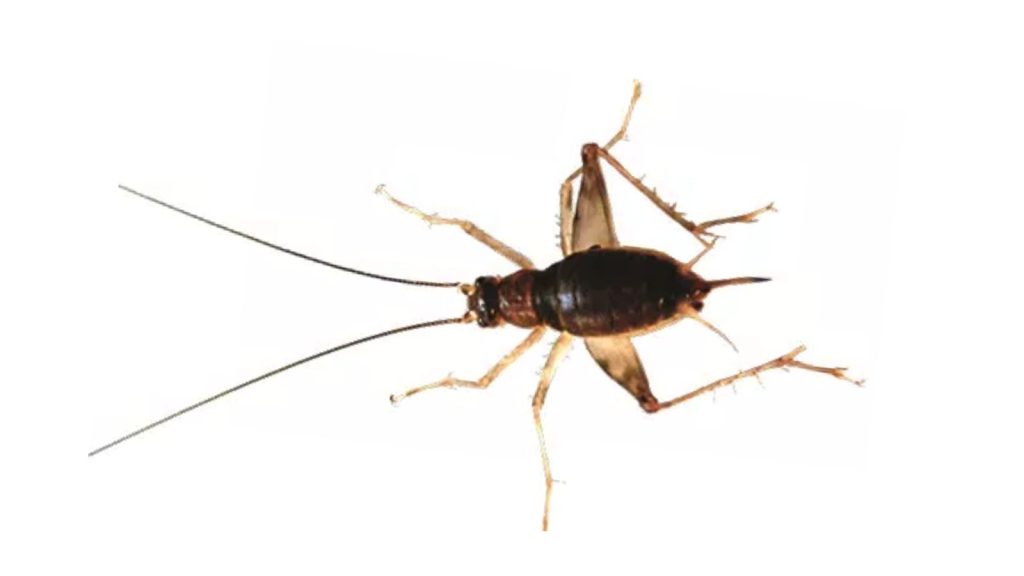
The lava cricket lives on Hawaii’s active volcanoes. It can withstand extreme heat and feeds on dead insects that have been killed by volcanic gases. These crickets play an important role in the volcanic ecosystem by recycling nutrients.
Thermal Pool Snail
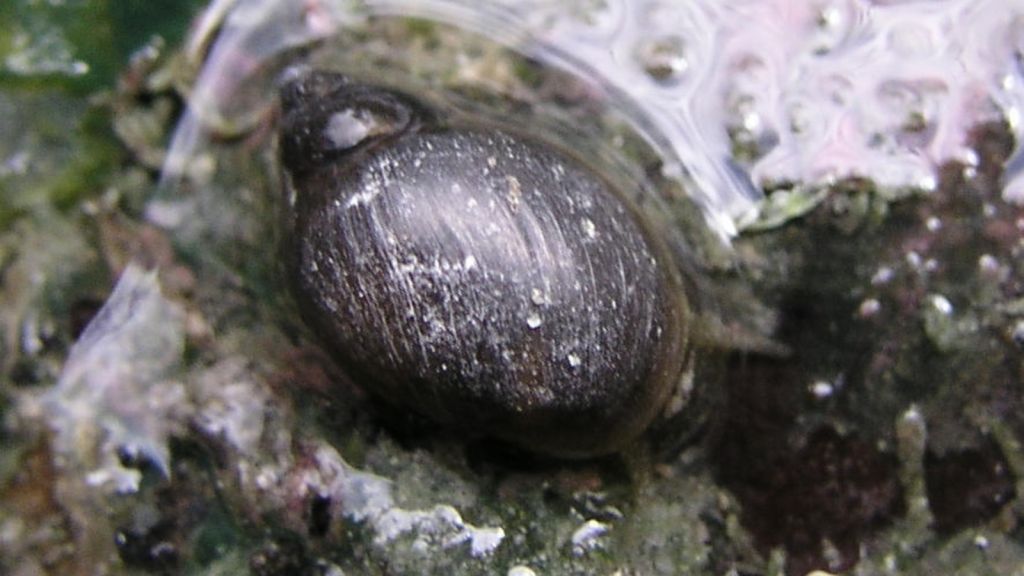
This tiny snail lives in the hot springs of Yellowstone National Park. It has adapted to survive in water temperatures up to 140°F (60°C). The snail feeds on algae that grow in these hot, mineral-rich waters.
Tubeworm
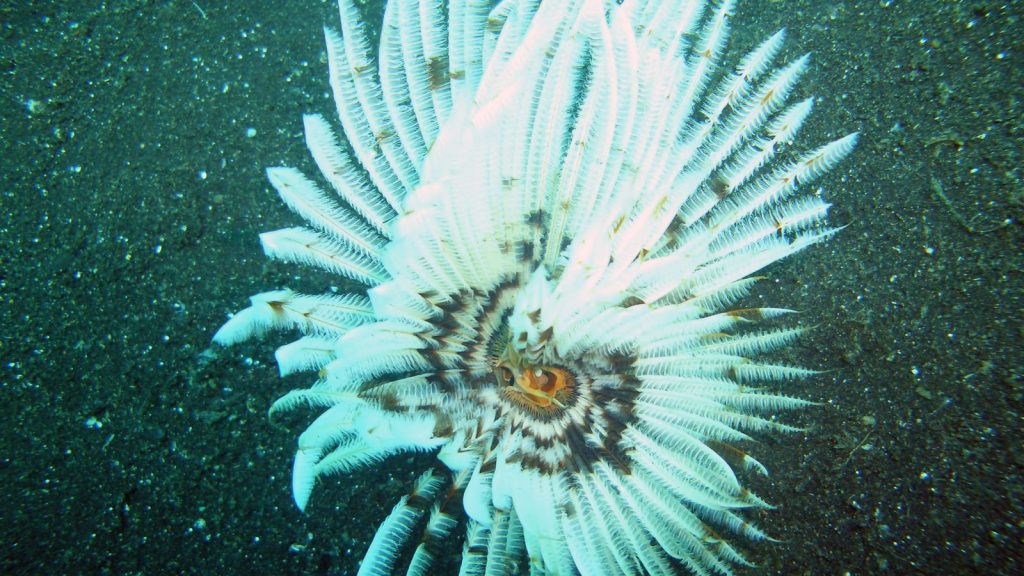
Giant tubeworms live around deep-sea hydrothermal vents. They don’t have mouths or digestive systems. Instead, they rely on bacteria living inside them to convert chemicals from the vents into food. Some tubeworms can grow up to 8 feet (2.4 meters) long!
Acidophile Algae
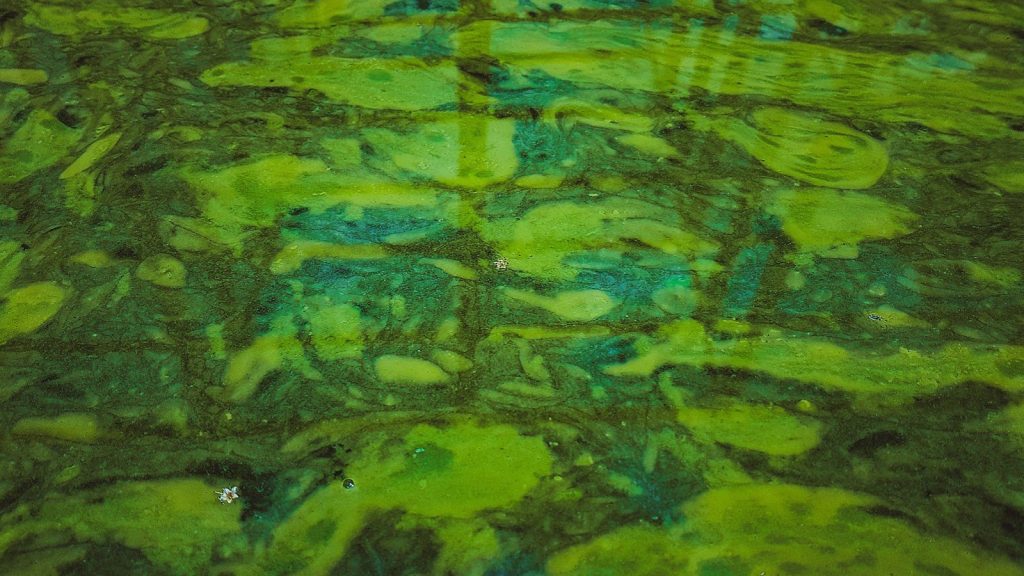
Some species of algae can live in the highly acidic waters of volcanic lakes. These acidophile algae have special adaptations that allow them to thrive in pH levels as low as 1. They form the base of unique ecosystems in these extreme environments.

